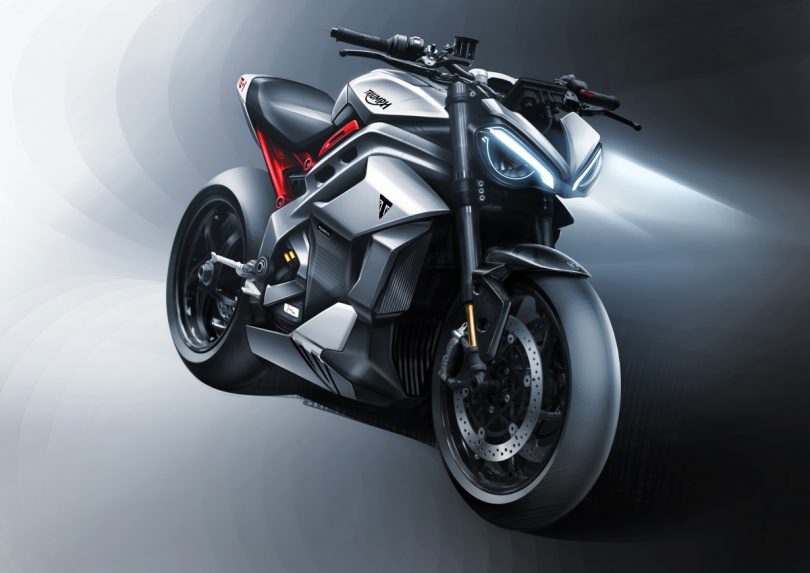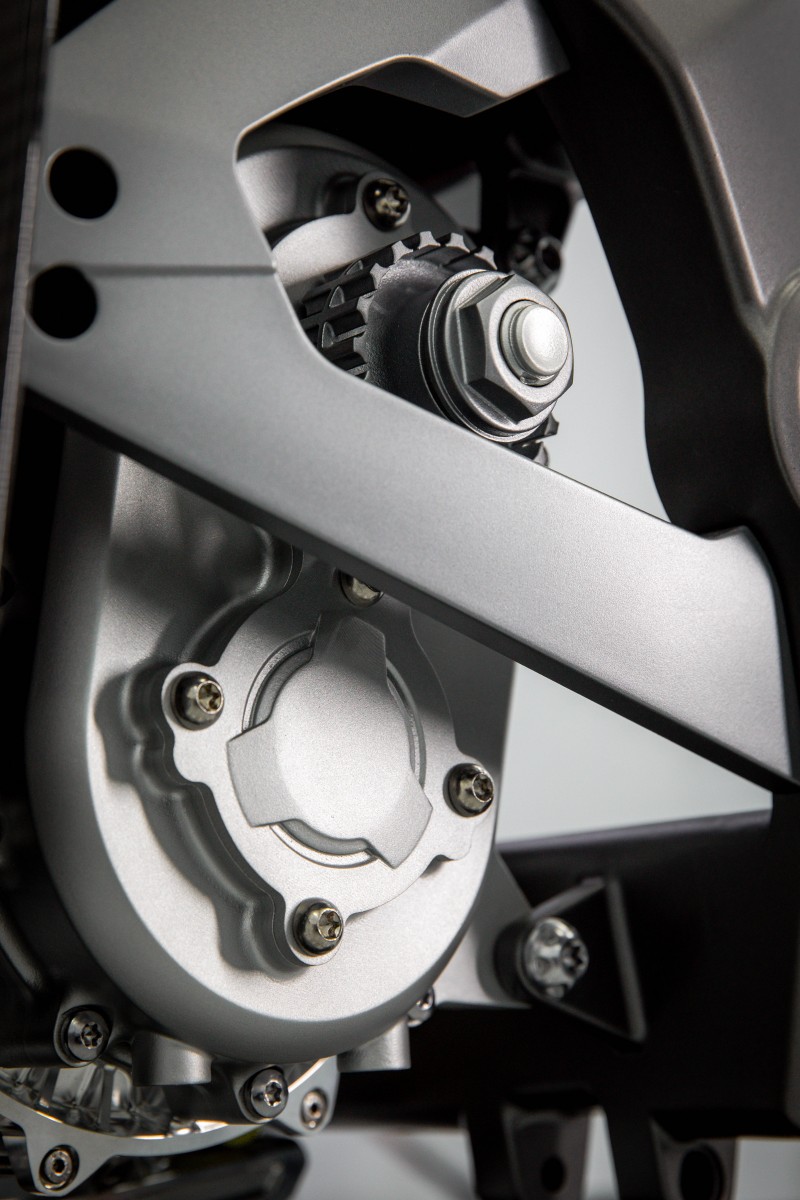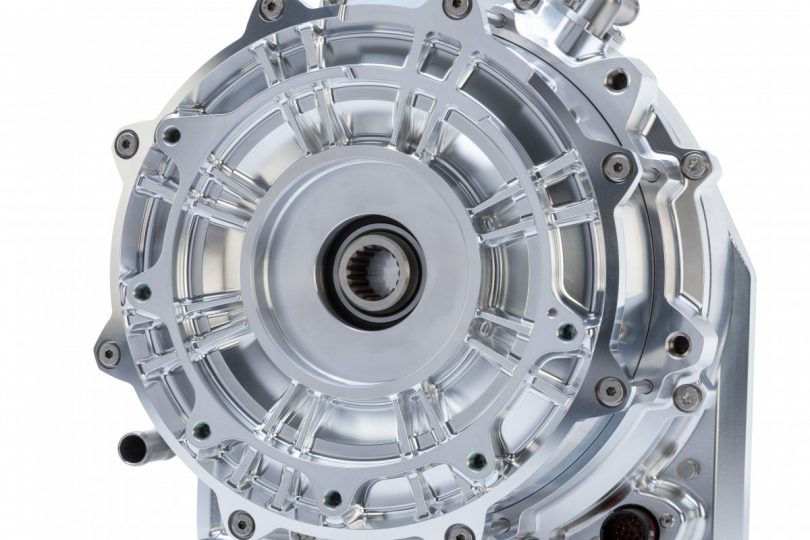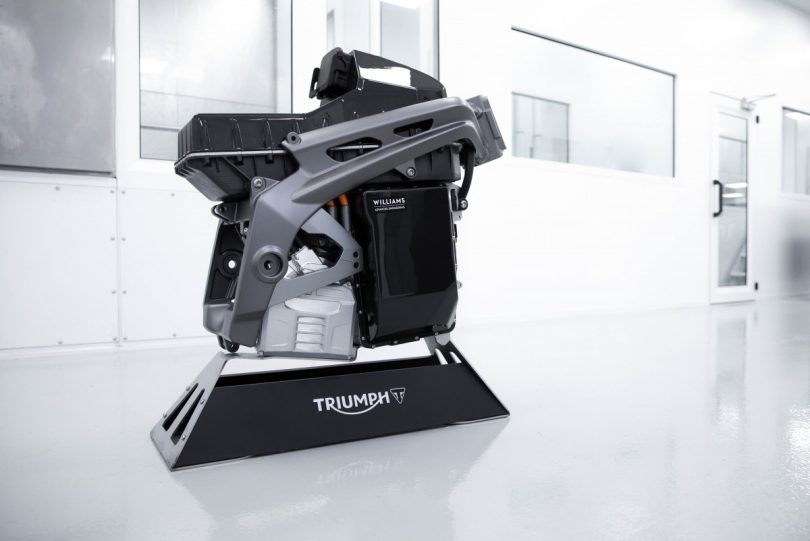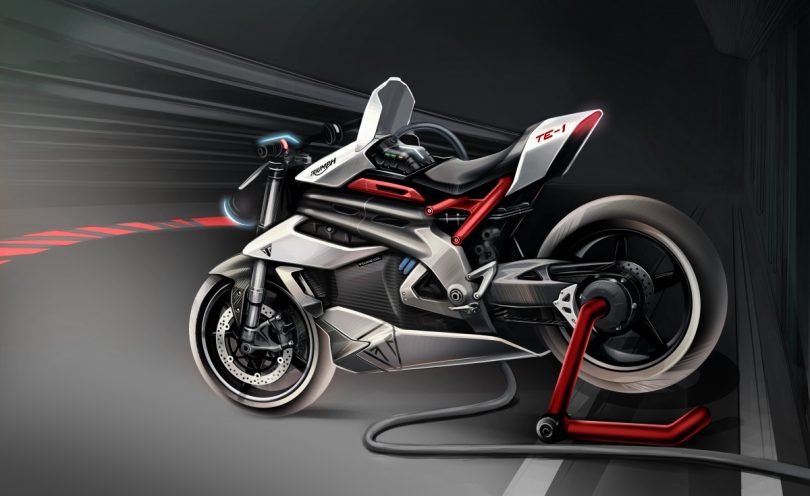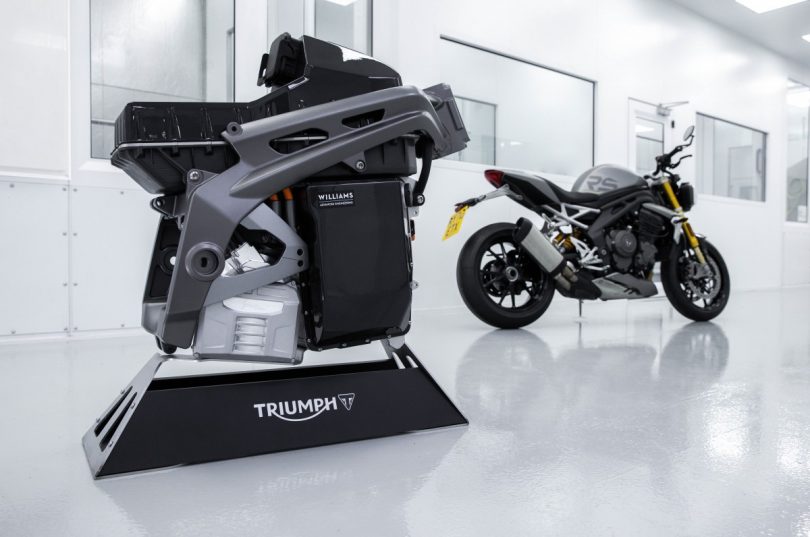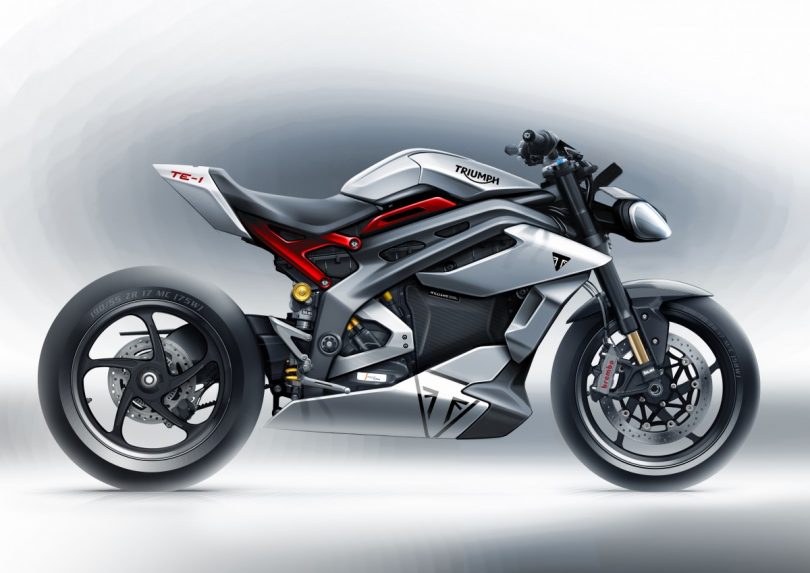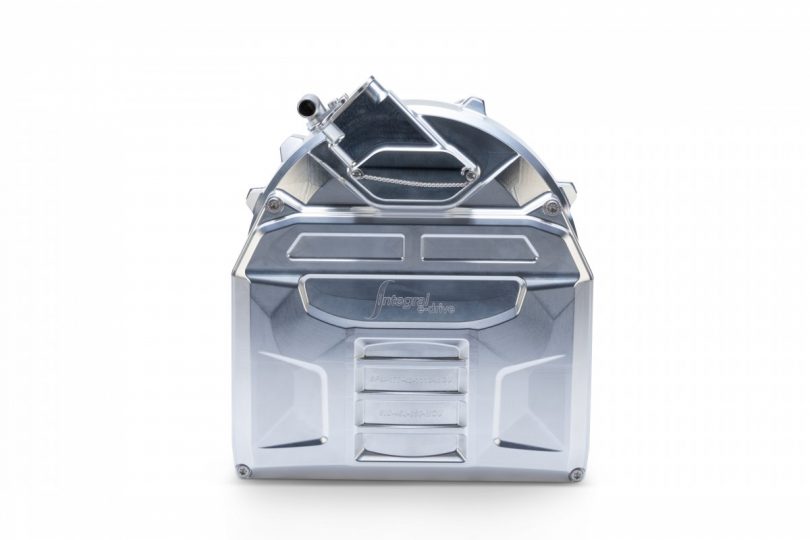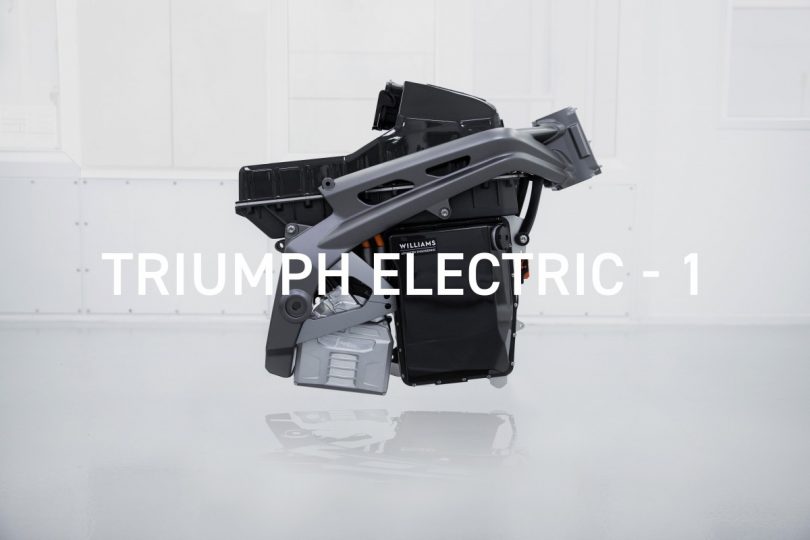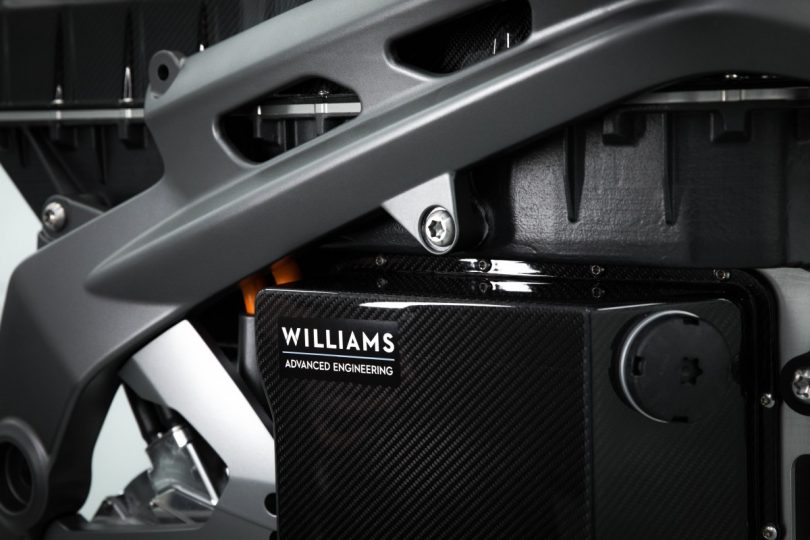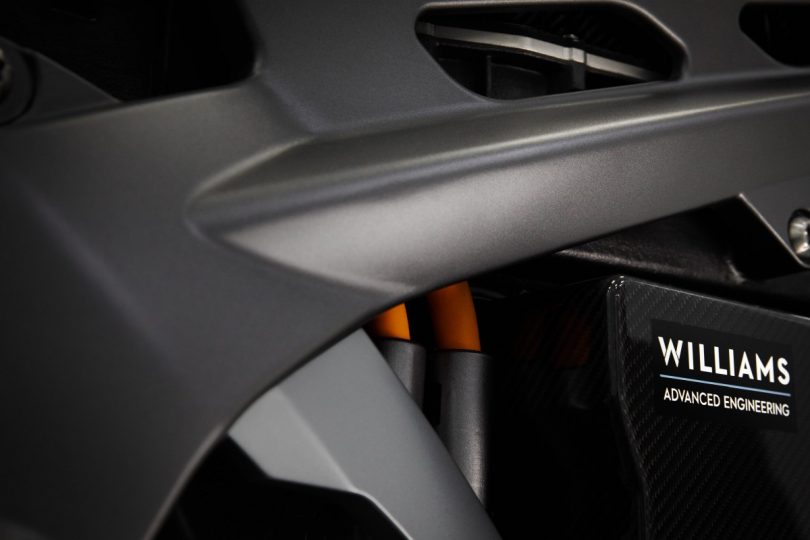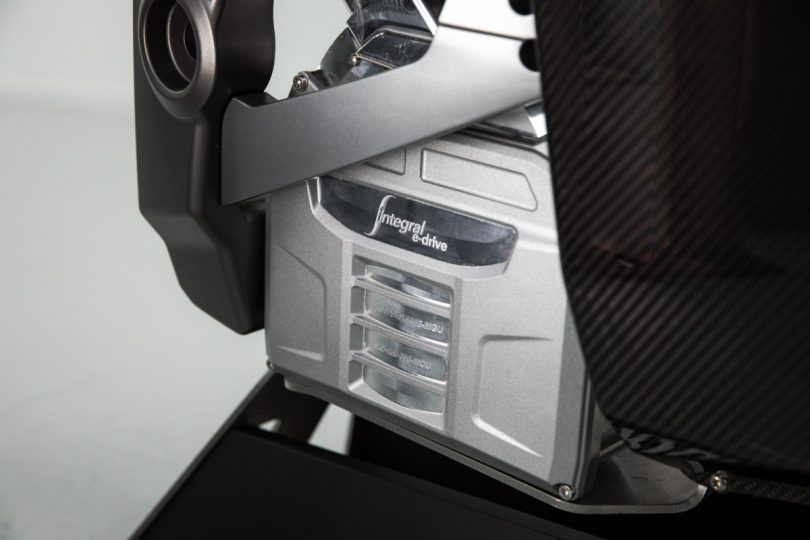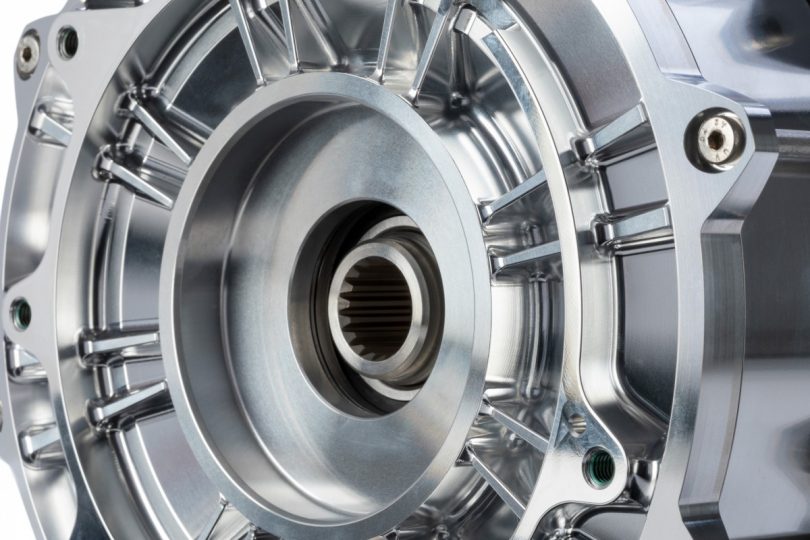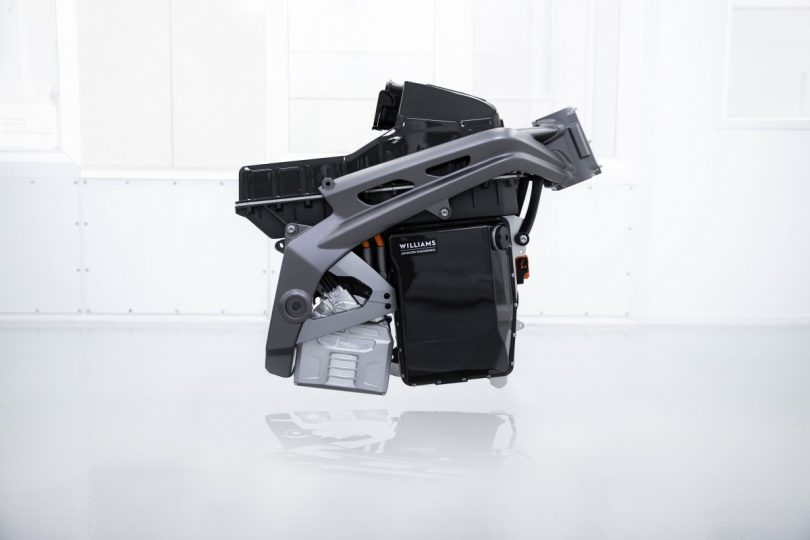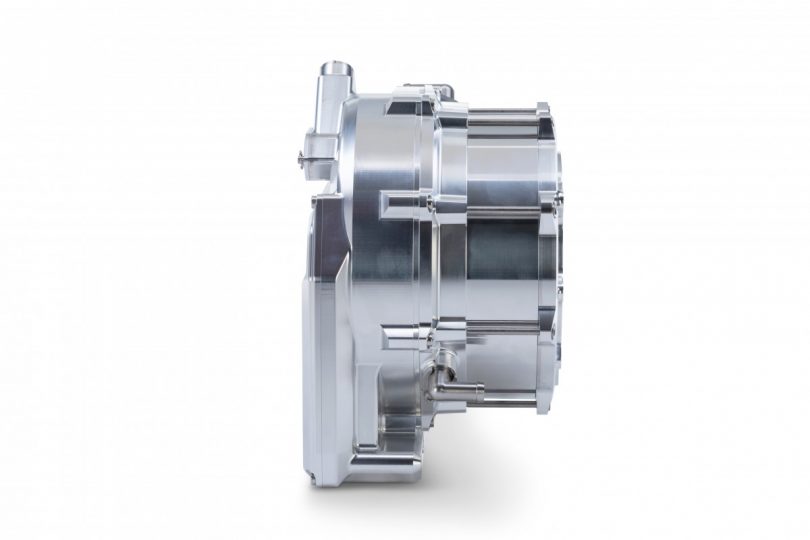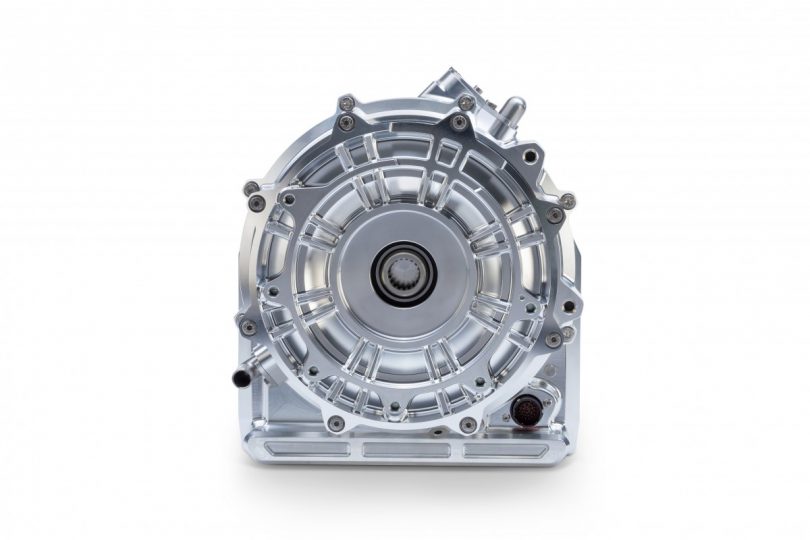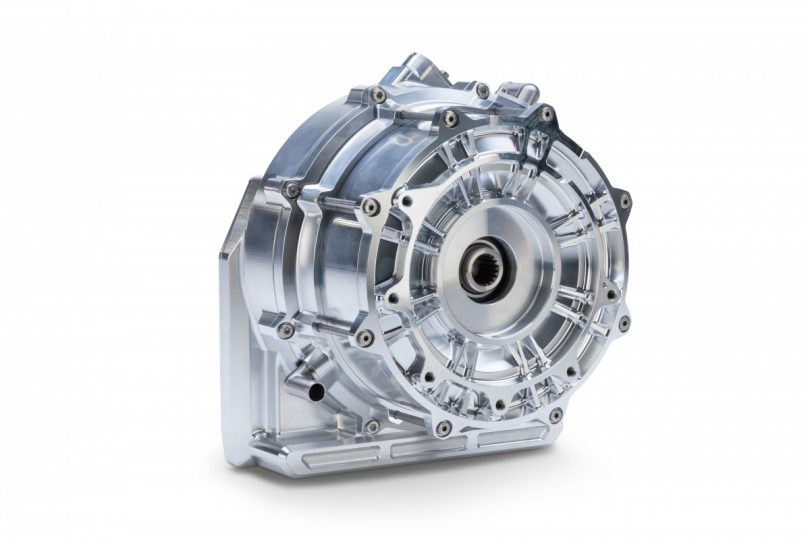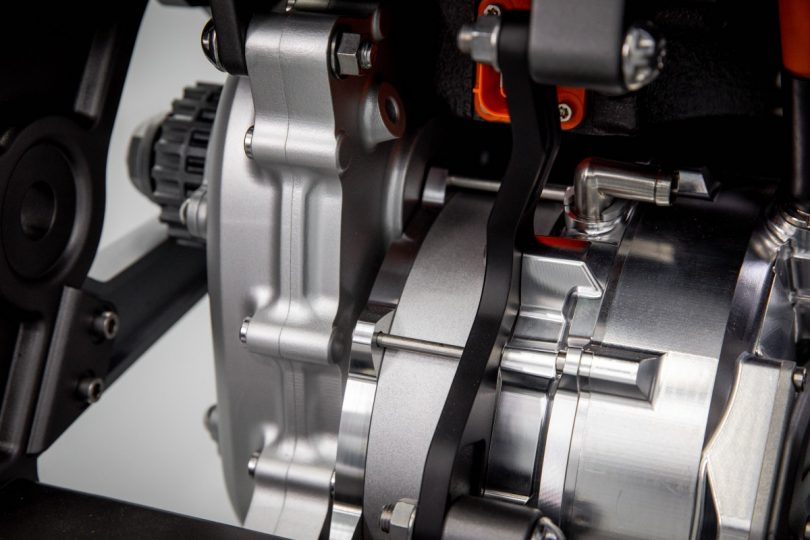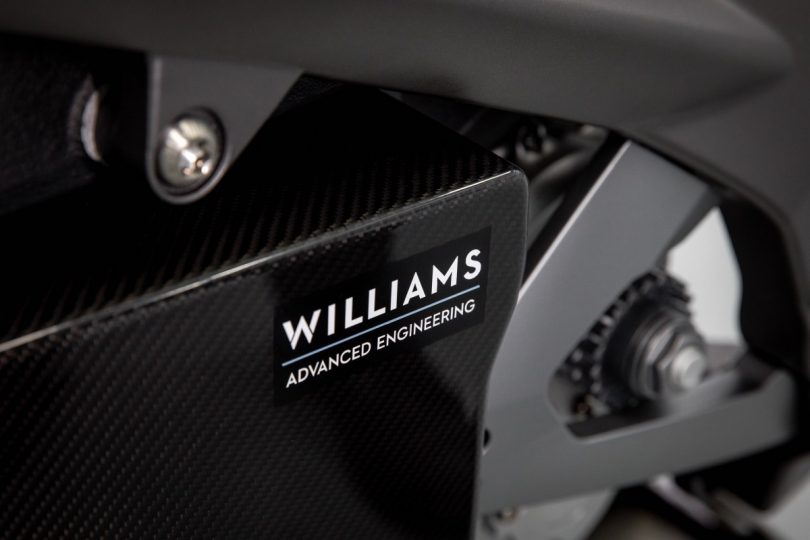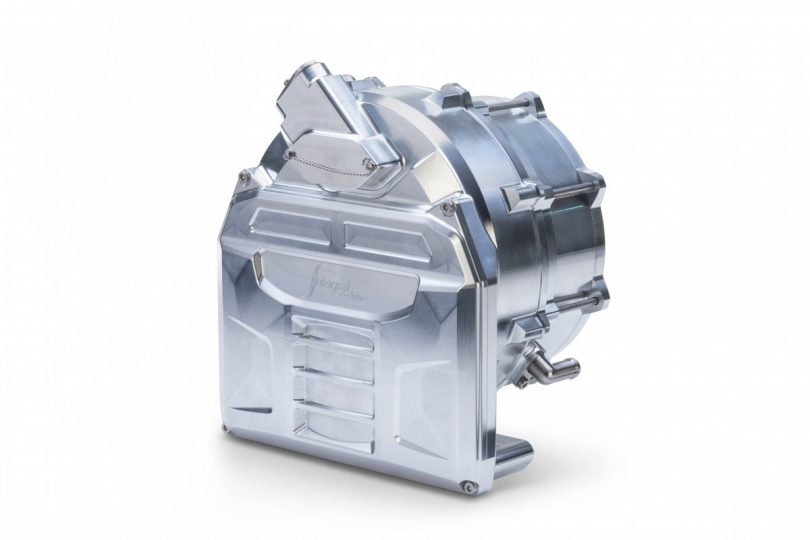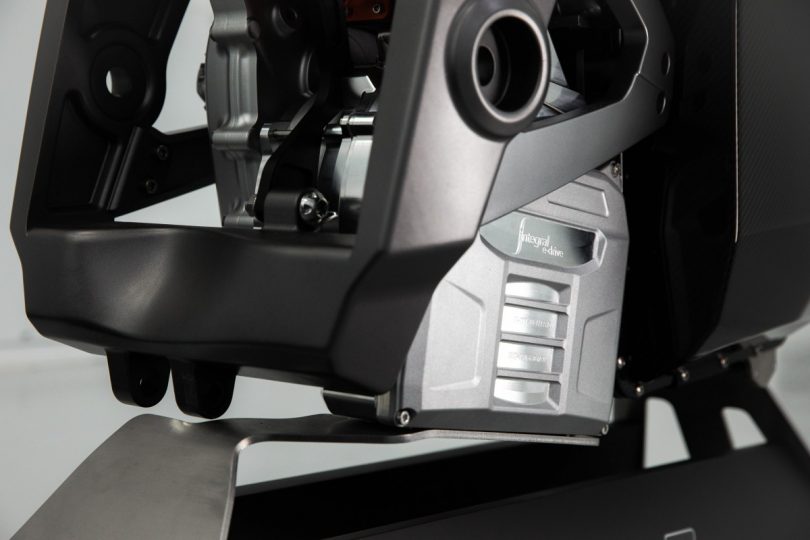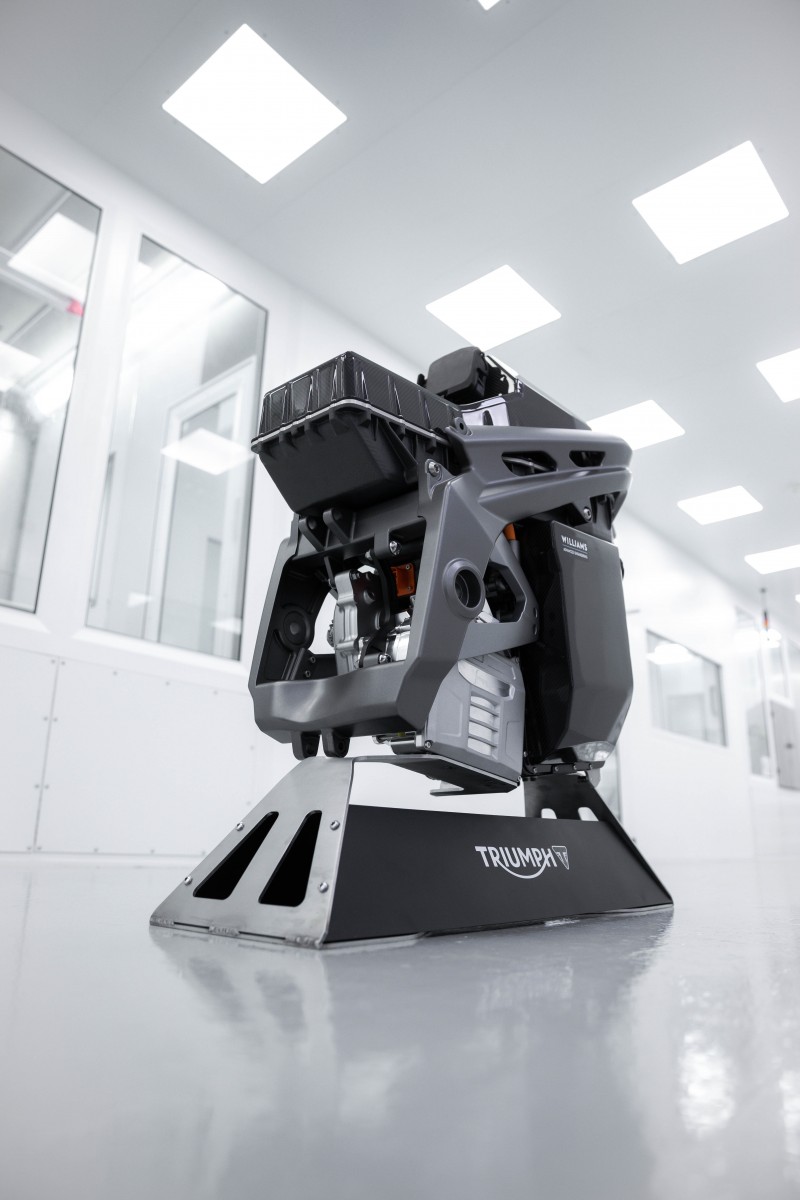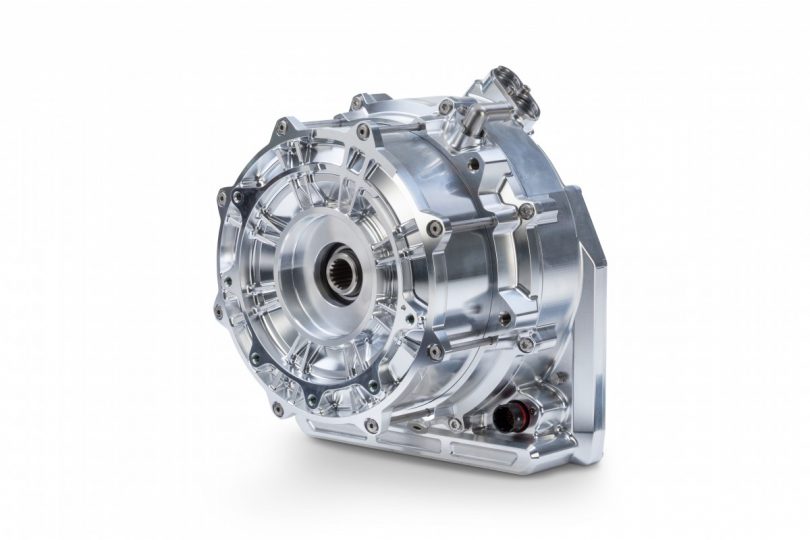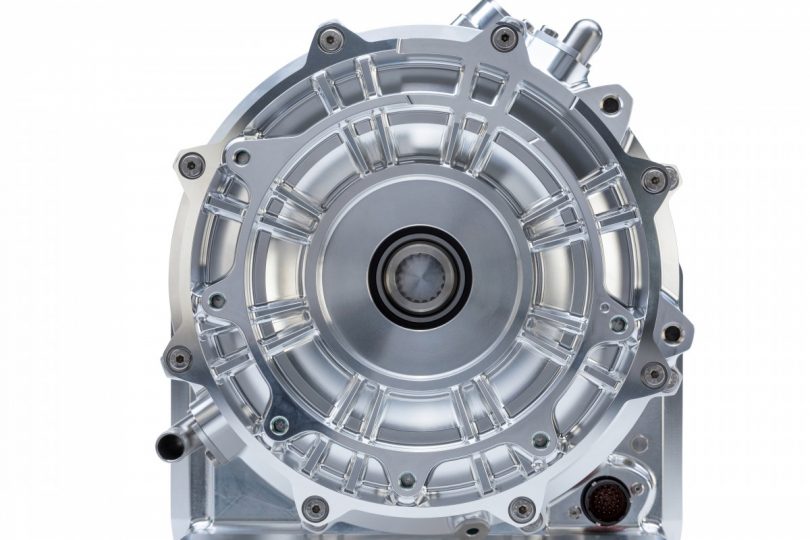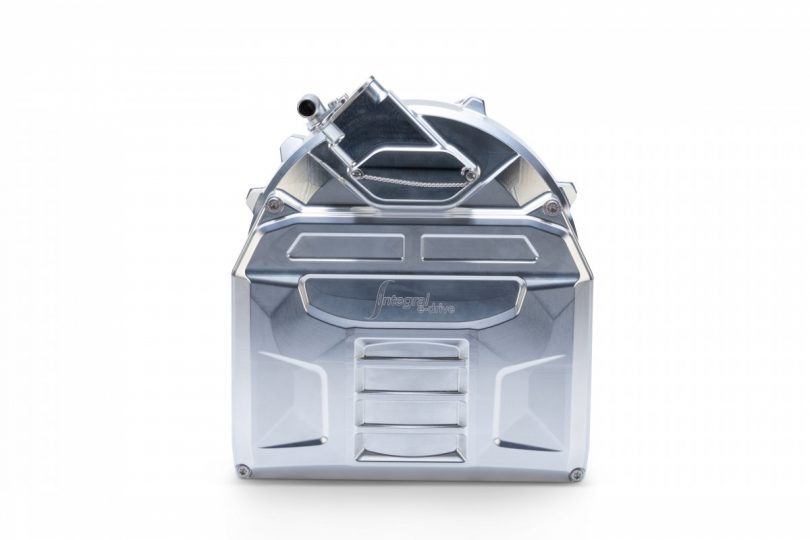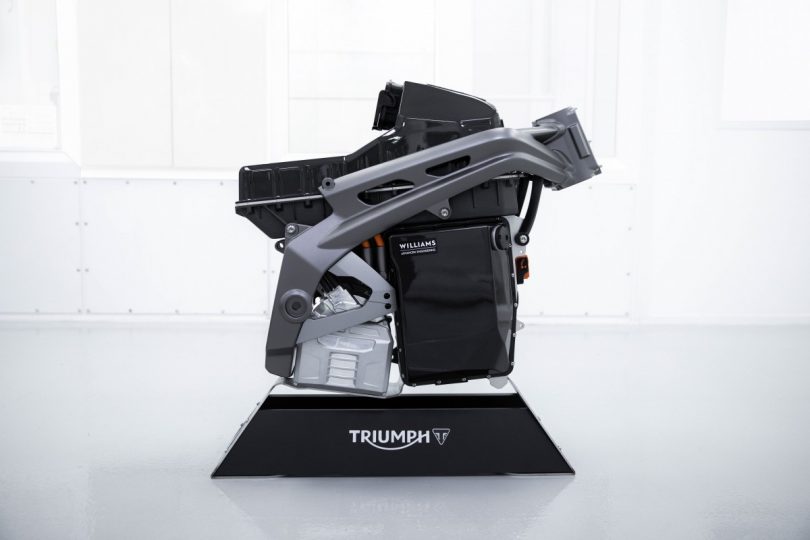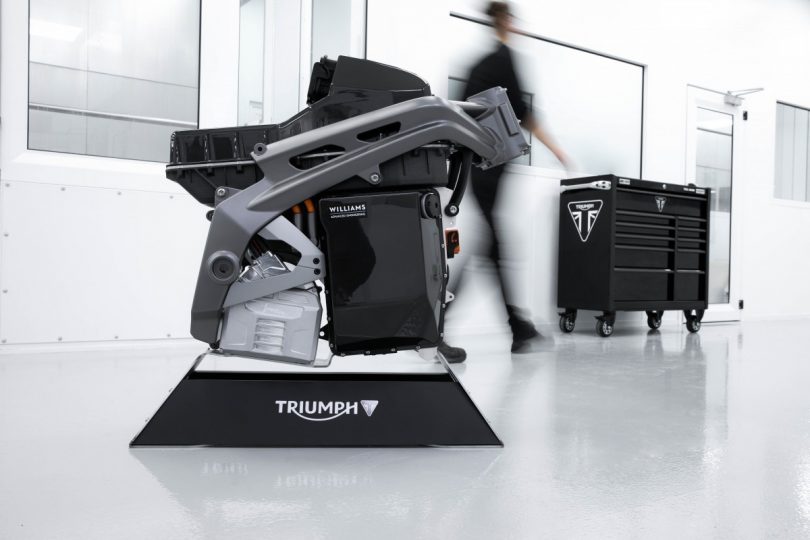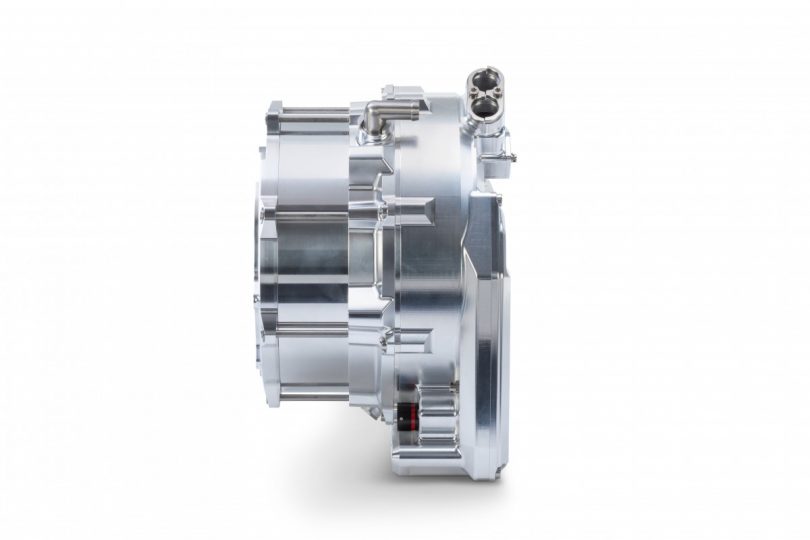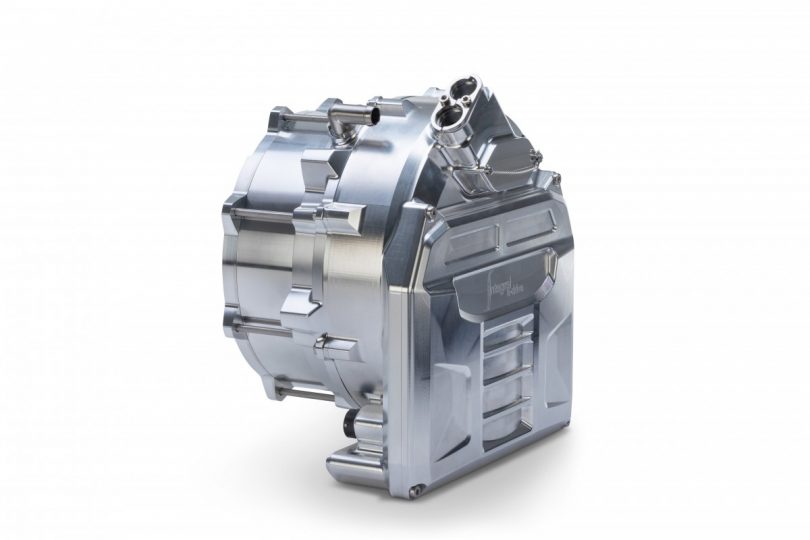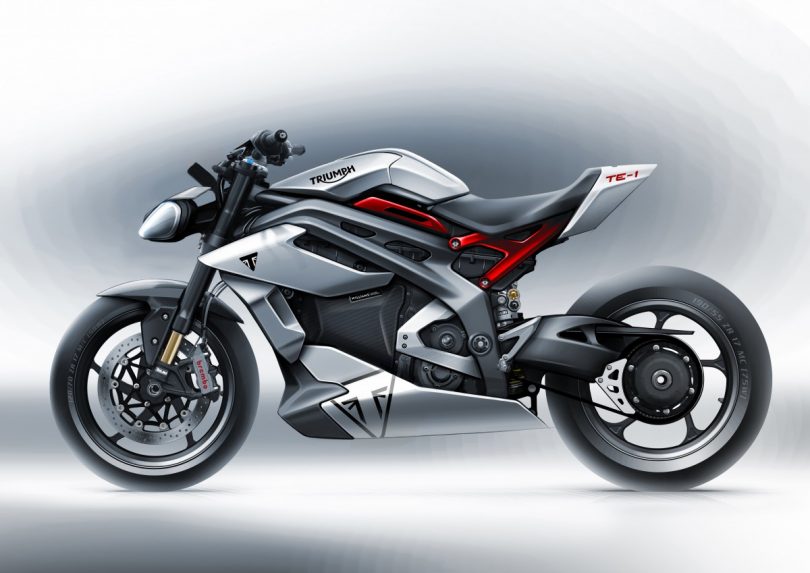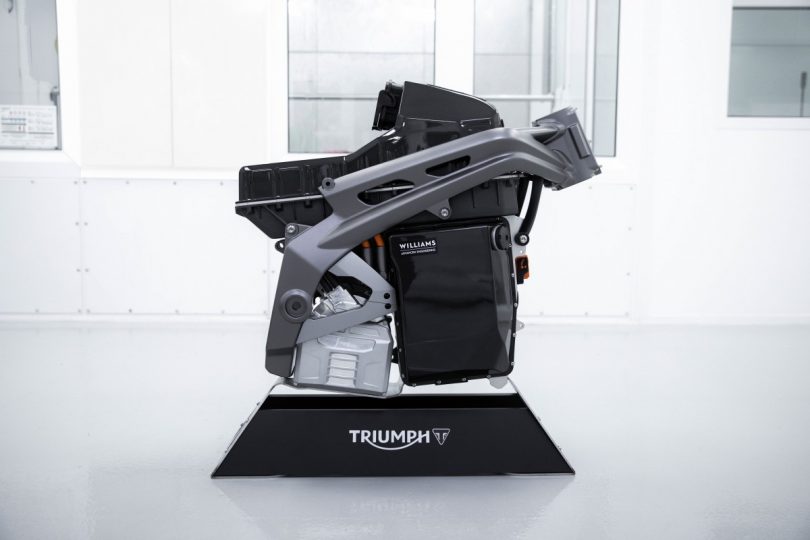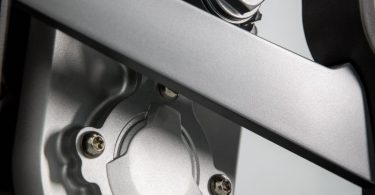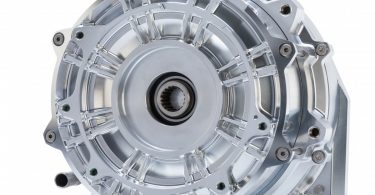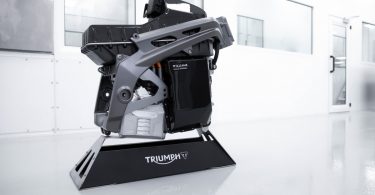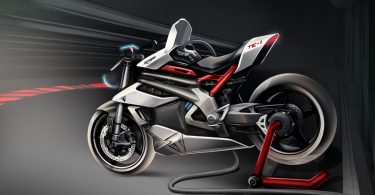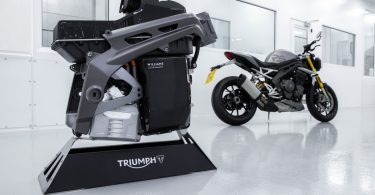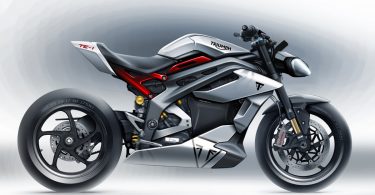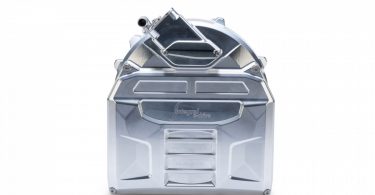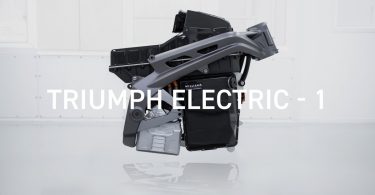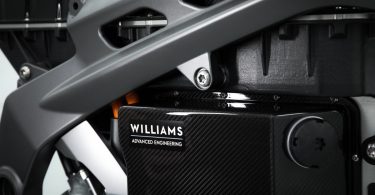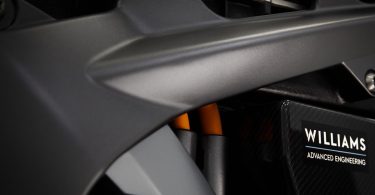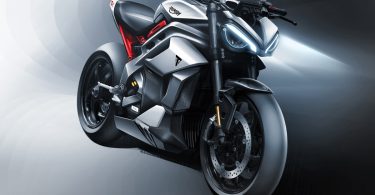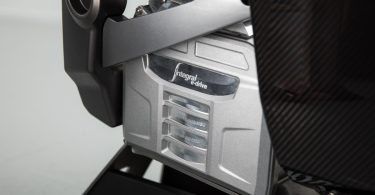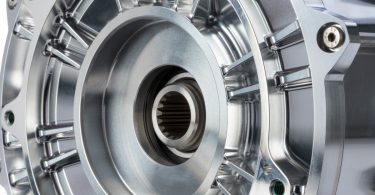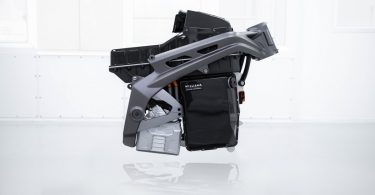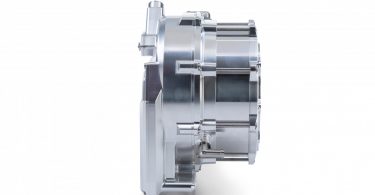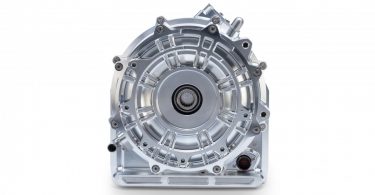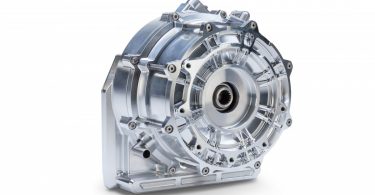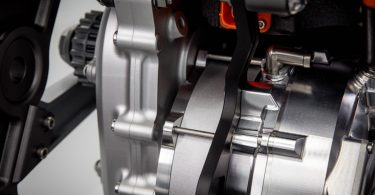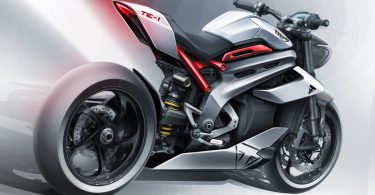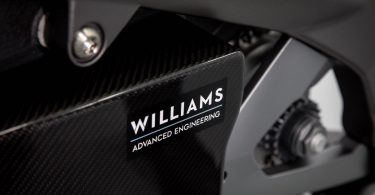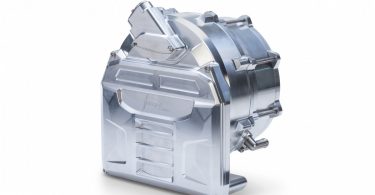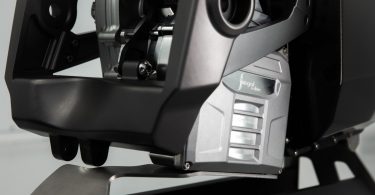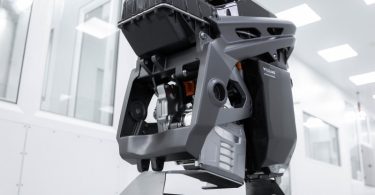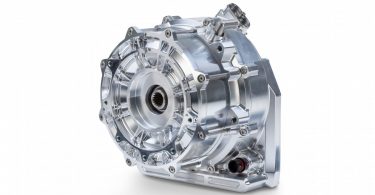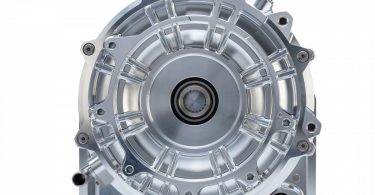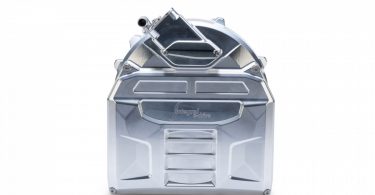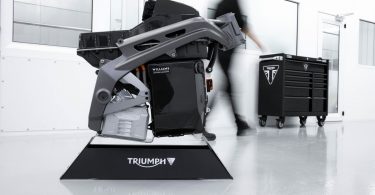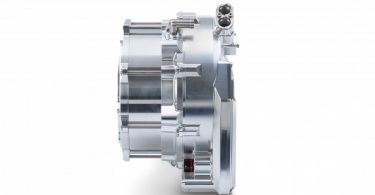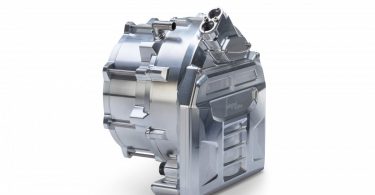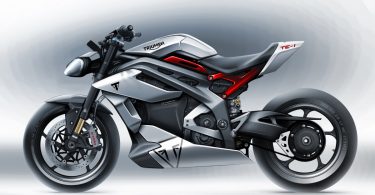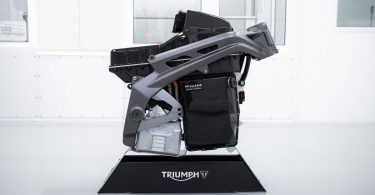In the recent past, Triumph announced that the iconic British brand is working on a new electric mobility solution under the ‘Project Triumph TE-1’. As the Triumph TE-1 concludes its Phase 2 and gradually takes its final shape, the brand reveals the new electric motorcycle’s design & styling as well as some crucial details of the electric powertrain.
Triumph’s Unique Collaboration For Project TE-1
Four major industry and academic leaders in the United Kingdom – Williams Advanced Engineering, Integral Powertrain Ltd.’s e-Drive Division, WMG at the University of Warwick and Triumph Motorcycles at the helm have come together in a unique collaboration to develop various aspects of the Triumph TE-1. Williams Advanced Engineering (WAE) will be providing the battery technology including an all-new lightweight battery design, battery management system and an integrated vehicle control unit. Integral Powertrain’s e-Drive division will be developing an all-new power-dense electric motor and an advanced inverter system. WMG will be bringing in their expertise in modelling and simulation to bring the motorcycle from the test bench to the road. Triumph Motorcycles will harness all the technology into the new motorcycle by designing and developing the chassis & driveline systems as well as the electrical control systems.
Battery
Williams Advanced Engineering (WAE) has developed an innovative battery system for the Project Triumph TE-1 that claims to set new standards in terms of performance, range and weight. WAE has worked around the agreed specification and distinguished the cell technology and battery architecture required for the TE-1. The company has optimised the battery layout by identifying the centre of gravity, space and relationship with the powertrain and charging approach of the prototype.
WAE claims that this new battery technology can deliver all the performance the rider needs as well as a class-leading battery range regardless of battery charge. This means that the power unit will be able to draw high amounts of energy even when the battery is low. The battery is also optimised to provide a balance between acceleration and range, simulated through track-based riding. WAE has also designed and developed a control unit that integrates the battery management system and the vehicle control unit and boasts to be a world-first system.
Power Unit
The power unit is being developed by Integral Powertrain’s e-Drive division which is working closely with the chassis design and powertrain department at Triumph Motorcycles. The brand aims to develop a compact and lightweight power unit to help keep the mass of the motorcycle low. Integral Powertrain has achieved this by removing the heavy high-voltage cables between the electric motor and the inverter system integrating the units into a single, extremely compact and lightweight unit.
Integral Powertrain has revealed that the company is using Silicon Carbide technology in the power stage of the inverter and using advanced electric core technology in the electric motor. Integral Powertrain boasts that the result will be a lighter motor unit with more performance and range. The brand claims that it has completed bench testing and achieved 14kW per kg which is twice the target set by the UK Automotive Council by 2025. The brand also reveals that the power unit is capable of developing 180 Hp of power and weighs just 10 kgs.
Simulation
Warwick Manufacturing Group or WMG the academic department at the University of Warwick has more than 37 years of collaborative experience in Research & Development and provides education, management, knowledge transfer in engineering and manufacturing. WMG will be modelling a simulation for Project TE-1. WMG will be bringing all the key systems together to simulate and understand how the system will work, in the real world, even before the prototype is developed.
In Phase 2 of Project TE-1, WMG has concluded the simulation for computer-simulated riding making sure the power unit has enough power and the battery has enough juice for the performance and range. WMG has also mimicked real-world riding dynamics. The laboratory has been installed with a physical rig which consists of an actual powertrain and control units that allows the boffins at the university to check if all the systems are in communication and sync.
Project TE-1 Concept Study
Triumph reveals that the TE-1 electric motorcycle will have the unmistakable Triumph DNA and the Project TE-1 will set the benchmark for future Triumph electric motorcycles. Triumph is working on the design, handling, performance, ergonomics and range largely taking into consideration the customer insight and the brand’s objective is to deliver a motorcycle that feels intuitive to the rider such as natural throttle response, regenerative braking, traction control and advanced safety systems.
The brand’s objective is to not go overboard with excessive styling, still, the TE-1 clearly looks futuristic. The Triumph TE-1 features a sports roadster design with aggressive low slung styling which draws its inspiration from the Speed and Street Triple family. Expect most of the elements to make it to the production-spec motorcycle. With WMG Triumph has also fully developed the new prototype instrument display for the motorcycle which is likely to be revealed soon. In Phase 3 of the project, Triumph Motorcycles will be working on optimising and packaging the mainframe and rear frame with the battery and the motor.
Funding
The Project TE-1 is co-funded by the UK government’s Office for Low Emission Vehicles (OLEV) and Business, Energy and Industrial Strategy (BEIS) via Innovate UK. The focus of the project is to reduce emission in the UK through the development of lower environmental impact transportation solutions which are also commercially viable and sustainable. The project will also create expertise and capability within the UK workforce, creating a talent base and more employment.
Timeline
Currently, the two-year project is half-way there and Triumph reveals that Project TE-1 is right on schedule. The brand also revealed that with this speed, a rideable prototype of the motorcycle is expected to arrive in later 2021.

